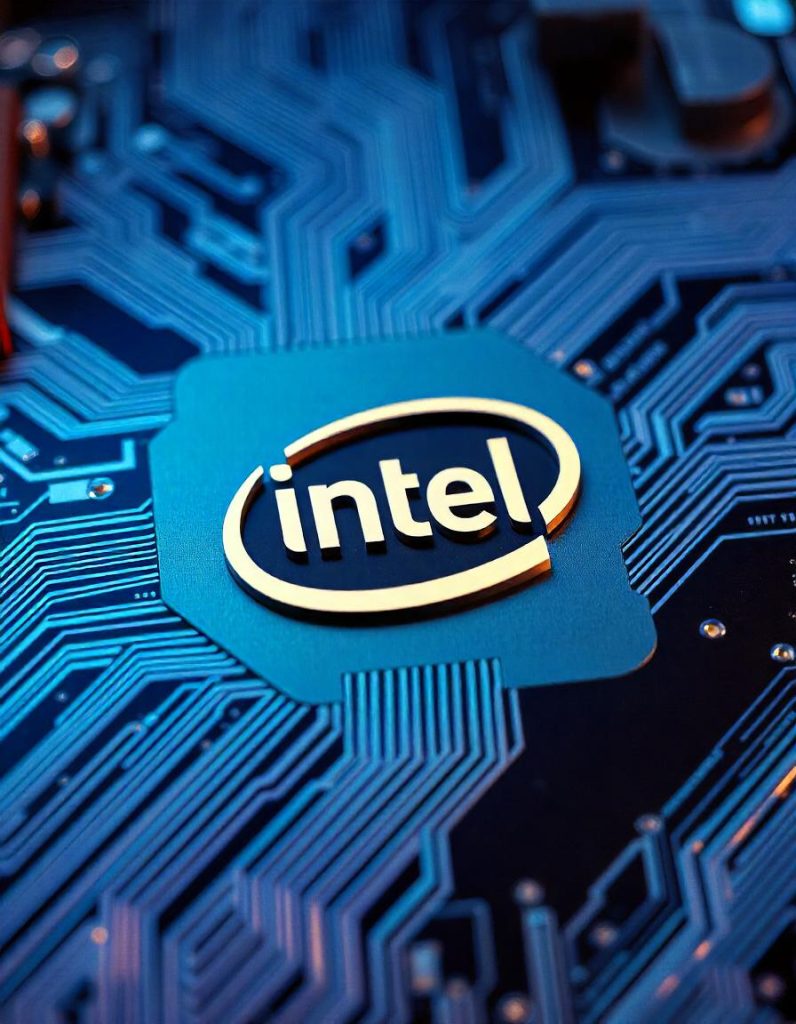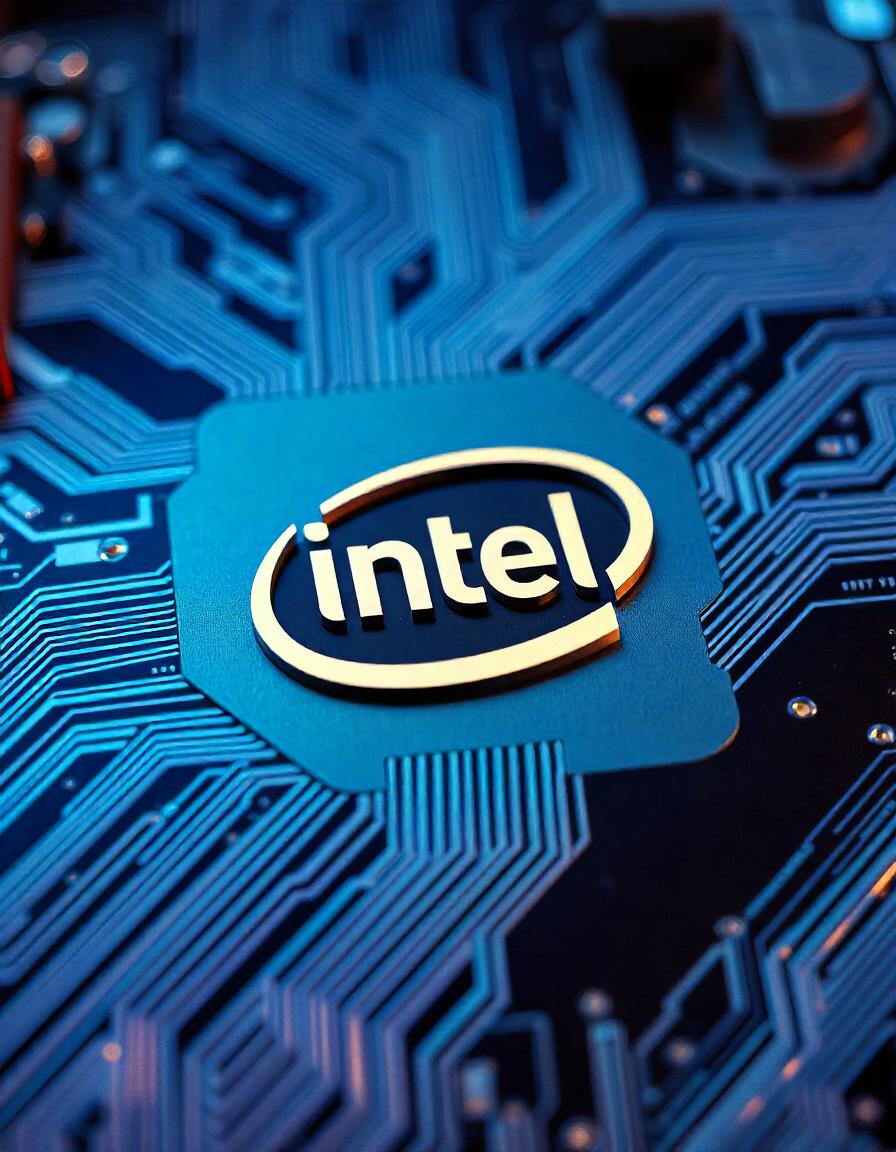When he resigned as the CEO of Intel Corporation, Pat Gelsinger handed over the reins to someone else, causing a metamorphosis within the company. Gelsinger has faced numerous challenges since he took charge in February 2021 including turning around the company’s lack of innovative culture and working in-sync with various departments to regain the company’s work ethics. His departure now paves way for more innovations & expansion within the company along with the introduction of an alternate CEO.
Pat Gelsinger’s Path of Leadership.
Intel was aware that the time in which Gelsinger joined the organization, the company was struggling with various other entities & was losing dominance over the market. Having started his engineering career in 1979 from Intel itself, he came back to the company with great business acumen as the former CEO of VMware.
It was under the leadership of Gelsinger and his direction that the company launched an aggressive strategy to regain its leadership position in the global semiconductor industry. He stressed the importance of technical expertise, explains how Gelsinger views product quality, and recognizes the need for large investments in R& D activities. Gelsinger managed to shift the vision of the company and solve some of the critical issues in the semiconductor market.
Important accomplishments under Gelsinger.
The introduction of the second technology package was among the most important achievements of Gelsinger’s era due to the determination of the Integrated Device Manufacturing (IDM) strategy as Intel 2.0.
He established a successful strategy that permitted foundry services to be extended to external clients in addition to focusing on the optimal use of Intel’s internal manufacturing capability. The act was purposely meant to confirm Intel’s positioning firm in the design and fabrication sector of the chips, a dual competence that only a few competitors could match.
Leading the investments for the multi-billion dollar semiconductor manufacturing facilities worldwide was Gelinger, who was spearheading the construction of Fab in the United States in collaboration with fellow investors. These include several fab centers in Europe and the United States that were intended to contribute toward the global campaign to enhance supply chain integrity and reduce dependency on Asia for chip production.
During Gelsinger’s leadership, the company made advancements in the development of next-generation semiconductor technologies as well as AI, 5G and quantum computing. The firm also concentrated on advancing to more advanced process nodes to compete against TSMC and Samsung, dominant players in semiconductor manufacturing.
Strengthened working relations with various governments: It is prudent to note that Intel’s manufactures enjoyed subsidies and partnerships courtesy of Gelsinger’s strategic contacts to governments. Stemmed from his intense lobbying was the approval of the CHIPS Act in the United States, aimed at facilitating domestic semiconductor production.
The Quandaries Gelsinger Suffers Recently
Nonetheless the great contribution that he provided, his era did not elude difficulties. With respect to process technology, Intel was on a perennial grind to catch up with competitors such as AMD and TSMC.
The operations of the corporation were also affected by global contradictions and encumberances of the supply chain created by the Covid-19 pandemic.
The company Intel also faced criticism for being overdue in introducing its latest products and also delaying progress to newer manufacturing nodes. Progress has been made by Gelsinger in addressing such concerns but the competition in the semiconductor market remained cutthroat quite as usual.
Consequences of Gelsinger’s Retraction
Retirement of Gelsinger raises questions with respect to the leadership in Intel and its future orientation as well. The statement has fueled some speculation on who his successor will be, and what the objectives of the next CEO are going to be. Industry insiders expect that intel will remain committed to the IDM 2.0 strategy and ambitions for expanding internationally.
However, there will be an internal contest within the board of directors of Intel on who is the best candidate to implement Gelsinger’s strategy while maneuvering through changes in the semiconductor industry. Many responsibilities such as speeding up product development, maintaining manufacturing quality, and improving Intel’s market position among rivals will fall under the new ceo’s leadership.
Forecasts for Intel in the past and the future
The fate of Intel will depend on its ability to realize its aggressive plans of occupying the first position in manufacturing, technology and market leadership. Expansion opportunities will be provided by company’s expenditures in chip fabs and focus on making advancements in AI and quantum computing.
Last but not the least, the position of Intel in the global supply chain of semiconductors certainly puts it among the key players in addressing global shortages of chips and ensuring technological self sufficiency in key regions such as United States and Europe.
Intel’s surface had been changed and Gelsinger’s view was, to an extent, his contribution to the top level management; whoever sits at Gelsinger’s position, will be a person who will continue this momentum as time goes by.

Pat Gelsinger Background
As Gelsinger was part and parcel of Intel for a long time, many saw his joining of the company as ‘come back’. During the time he worked in Intel, he was able to bring a sense of urgency and togetherness into the organization and was able to get the company back on track and breathe some life into their initiative in the semiconductor industry.
It is easy to say that the focal point of such leadership as Gelsinger’s lesson endings would be his determination of creation, investment or partnerships. Some issues do remain however, Gelsinger’s vision has absolutely started the journey of Intel in the right direction.
Conclusion
In his last C.E.O. role, Pat Gelsinger sees a company at the center of several business opportunities as he hands over the reigns from his position. There has always been a proper direction under his leadership and more importantly, the direction has always been vertical and surrounded with great ideas to tackle the challenges faced in such a ever changing semiconductor market. The new leadership will have an opportunity to leverage his visions to take orthogonal growth at Intel and serve the market in new innovative fashions.
Such a journey Intel takes under Gelsinger would be viewed as a shift for the firm and his retirement marks the new beginning of the company.
As Intel continues to shape the technology sector, the global IT community will be watching its every move with bated breath.
If you are interested for more: “Intel CEO Pat Gelsinger Announces Retirement: A New Era for the Tech Giant” “Bangalore Schools Holiday Update: Government Announces School Closures Due to Strong Rains”(December 2, 2024)

